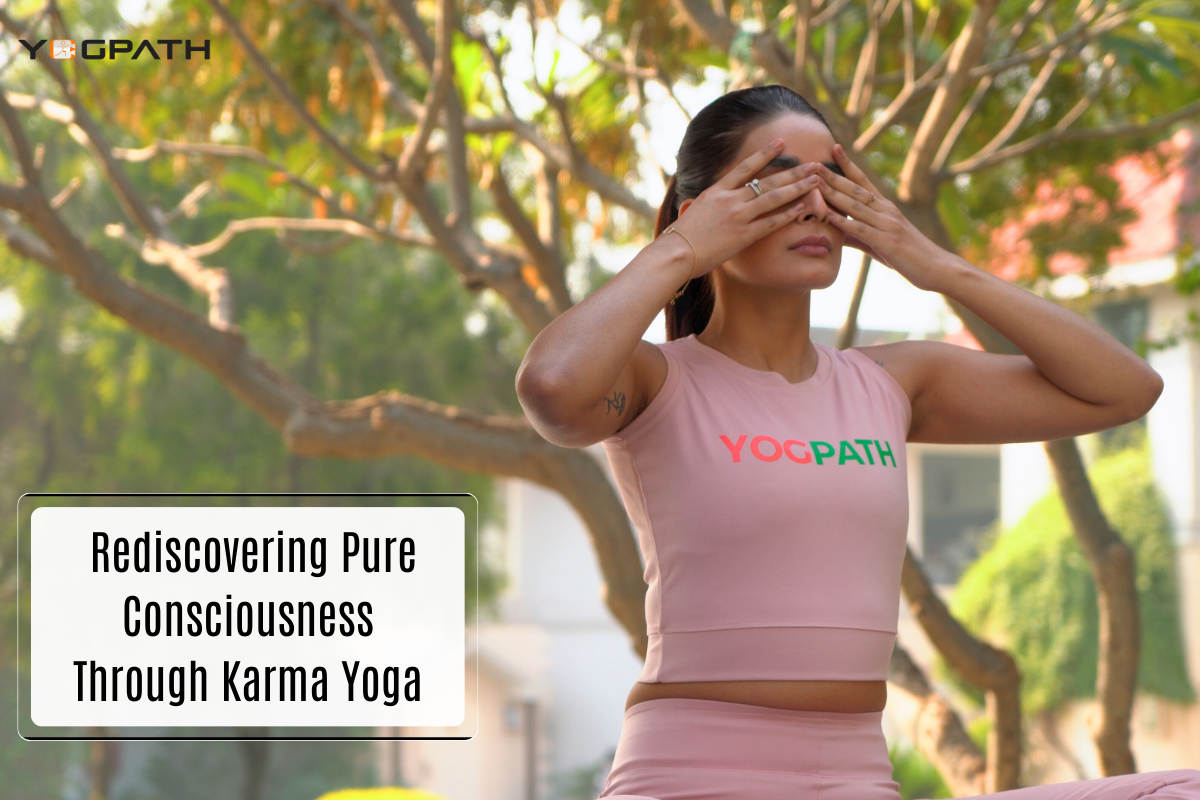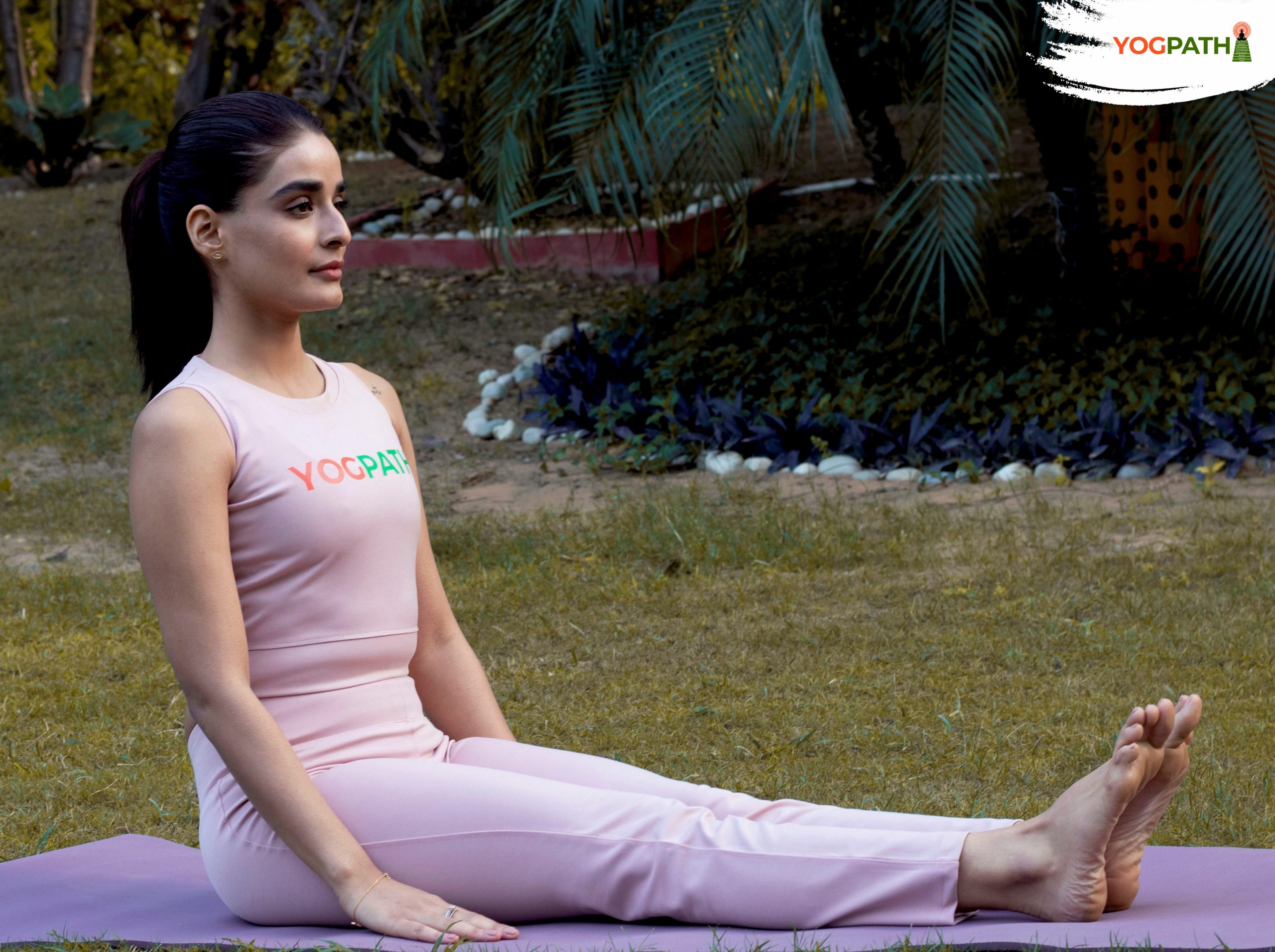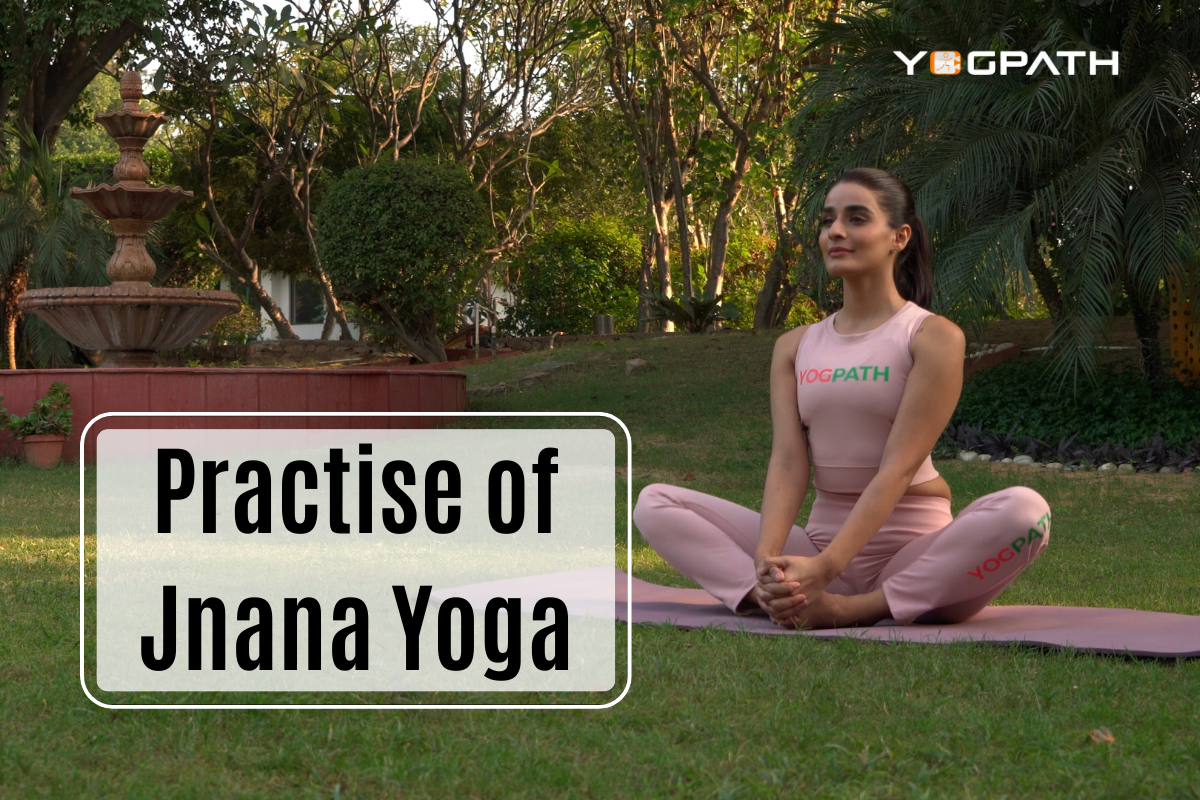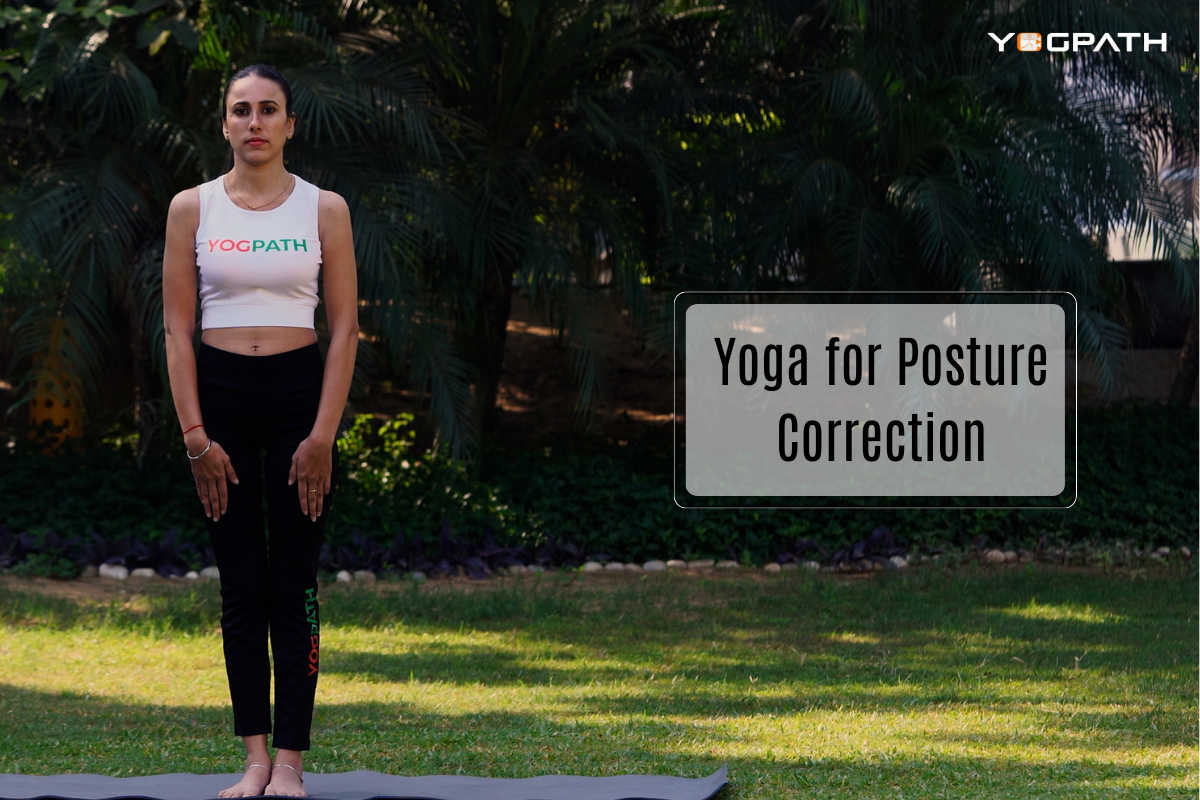
Karma Yoga
Mala is the mental impurity described by Vedanta, the ancient spiritual philosophy. Mala is not the necklace of beads used in japa meditation; rather, it is the propensity to be driven by the pursuit of material gain. It is the driving force behind our desire to “make it” in life by achieving notoriety, credibility, status, and material success. This “selfish” outlook is what Vedanta claims causes us to lose sight of the fact that we are more than just our physical selves, our feelings, and the persona our minds have constructed for us. However, Karma Yoga provides an alternative.
Here, in this moment, we are Brahman, Consciousness, the Loving Awareness that allows for life and our individual perspectives on it. The light that permeates our physical and mental selves is our own self-aware Consciousness. It’s like how the sun’s rays illuminate the sky for millions upon millions of miles.
So, what can we do to break this Mala? How can we get back in touch with the direct experience of knowing who we really are—Pure Consciousness?
Karma Yoga is the yoga of selfless action
Karma Yoga is recommended by Vedanta for those who have active lifestyles and strong community ties. Taking action is the goal of the yoga known as karma. It is our intentions, woven into our actions, that keep us in the same mental state that leads to a cycle of further actions (also known as karma).
Our actions are frequently motivated by the thought, “What’s in it for me?” Results or acknowledgement for our efforts are common expectations. Karma yoga recommends we ditch this mentality in favour of one of selfless service, where we give without expecting anything in return. To put it another way: we do things just for the sheer pleasure of being alive and capable of doing them. Without caring about the outcome or believing that there is a “me” doing the deed, we are free to act.
Those who behave in this way, as described in the Bhagavad Gita, break free of the karmic and causal loops that keep us mired in the identities we’ve come to accept. When we let go of preconceived notions of how things should or shouldn’t be, we release the shackles of suffering. Nothing but “things as they are” exists. Expectation-free states are the most peaceful. “The Great Way is effortless for those who have no preference,” it says in the Xinxin Ming Daoist text.
Create a web of meaning with your actions
In our fast-paced, outcome-focused culture, it can be difficult to let go and take action without predetermined outcomes in mind.
Take baby steps, like making an effort to wash the dishes every day. And if you want to be truly selfless, just do something nice for someone and not worry about getting anything in return, that counts, too. Construct on these initial steps, lowering your standards in stages. Over time, you may become aware of a shift in the motives underlying your actions. As the Mala is untied, a reconnection is made to the inner truth. It’s possible that your sense of self emerges as something less central to your life as a whole.
Our common goal in the workplace is to be recognised and rewarded by our superiors and peers through increased responsibility and career advancement opportunities. We take the time to tidy up our lawns in the hopes that our neighbours will notice and appreciate our efforts, if not be a little green with envy. We put in a lot of effort in the classroom because we know that doing so will pay off in the long run.
We put in a lot of effort into making a delicious meal in the hopes that our guests will shower us with compliments. To be appreciated, we put on our best clothes. Our lives are driven largely by blind, unconscious anticipation of the outcomes we believe are inevitable.
However, this is an extremely risky trend. From a spiritual perspective, all of these hopes and dreams are nothing more than Trojan horses that will lead to our downfall in the end. Because of our insatiable needs and wants, we will always be miserable. Because our driving force is the need to satisfy and expand the ego, we are forging new chains of karma rather than breaking the old ones, and as a result, we are doomed to a life of constant disappointment.
Karma yoga can be practised alongside other spiritual traditions by anyone, regardless of whether they are more inclined toward devotion, intellect, or meditation. People who meditate most of their waking hours can gain from karma yoga too.
The actions and thoughts of devotees can be just as sacred as the flowers and incense they offer to God. Devotees can and should serve the Lord, who dwells in the hearts of all creatures, because they do so by acknowledging that they are doing so in the presence of the Lord. What we do for the least of these, Christ said, we do for him. The Bhagavad Gita states, “A yogi sees Me in all things, and all things within Me.” One who “burns with the bliss and suffers the sorrow of every creature” within their own heart is described as the highest of all yogis in the Gita.
Jnanis approach problems in a unique way that gets the job done. They are aware of the fact that while the body and mind appear to be acting, they are actually doing nothing. They find peace in the profound silence of the Atman even as they engage in frenzied activity. By keeping the perspective of an objective observer, jnanis are constantly reminded that they are not the physical body or the mental processes. Pure, perfect, and free, the Atman has no struggle to engage in, no goal to attain; this is what the ancients knew about the Atman.
Instead of separating our days into “secular” and “spiritual” segments, all the yogas encourage us to spiritualize every aspect of our existence. Karma yoga is especially useful for this because it prevents us from hiding in our work as an avoidance mechanism. Karma yoga empowers us to carve our own path to liberation through the mundane activities we already engage in by insisting that life is holy. To recite more Bhagavad Gita verses on the topic of karma yoga:











